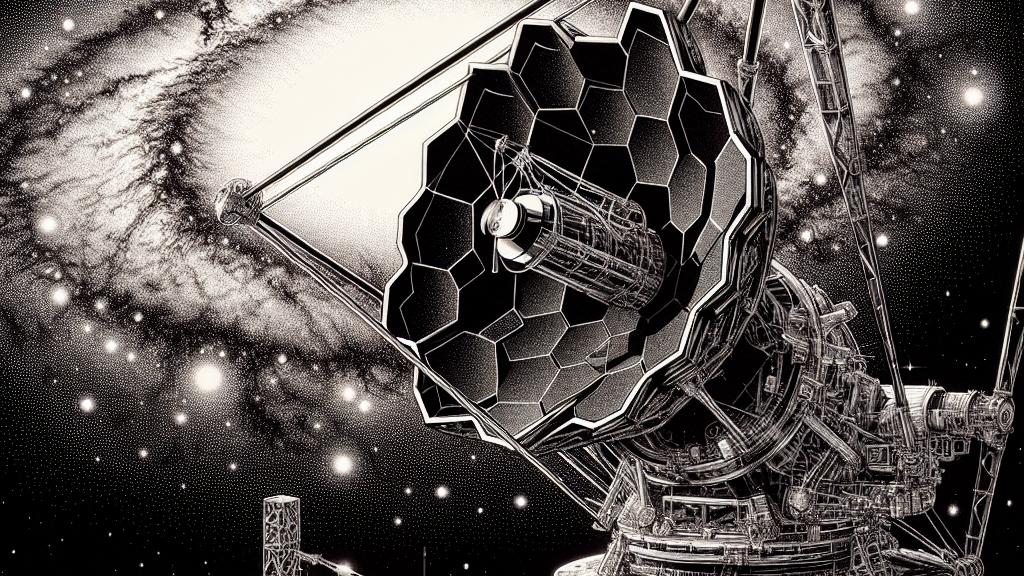James Webb Space Telescope Validates Established Galactic Model
Overview
- The James Webb Space Telescope uncovers the secrets of the universe's past.
- It confirms crucial aspects of how galaxies develop chemically.
- AGB stars emerge as key players in enriching galaxies over time.

The James Webb Space Telescope: A Window into Cosmic History
The James Webb Space Telescope (JWST), a monumental achievement by NASA, opens a breathtaking window into the cosmos, allowing us to peer nearly back to the dawn of time. This extraordinary observatory, orbiting far from Earth's interference, enables astronomers to capture the light from distant galaxies formed billions of years ago. Just imagine the excitement of witnessing the universe in its infancy—the early moments when stars and galaxies began to emerge! With this powerful tool, scientists not only unravel the mysteries of cosmic formation but also validate previously established theories, giving us a clearer understanding of the intricate workings of our universe.
Reaffirming the Chemical Enrichment Model: A Cosmic Tale Unfolds
Recent findings from JWST have illuminated the essential process of chemical enrichment in galaxies, a story that dates back to the universe's early days. Initially, our vast cosmos was filled predominantly with hydrogen and helium, elements from which the first stars arose. These ancient giants, upon their explosive deaths, scattered heavier elements throughout space—elements that are vital for creating the next generations of stars, planets, and ultimately, the fundamental building blocks of life itself. However, JWST's revelations take this narrative even further. The new data suggest that smaller, yet incredibly abundant, asymptotic giant branch (AGB) stars contribute significantly to galactic enrichment. While AGB stars do not go out with a bang like their supernova counterparts, their continuous shedding of elements as they evolve plays a crucial role in shaping the chemical landscape of galaxies. Therefore, the validation of this dual-role perspective allows astronomers to appreciate the complexity of stellar contributions to cosmic evolution.
AGB Stars: The Unsung Heroes of Stellar Evolution
Asymptotic giant branch (AGB) stars are indeed the unsung heroes of the universe's evolution, and recent observations have further highlighted their importance. These stars undergo dramatic transformations as they mature: they swell into massive giants, lose significant mass, and enrich the interstellar medium with essential materials. Think of it as a cosmic recycling program—old stars make way for new ones. Using the JWST's sophisticated capability for high-resolution spectroscopy, scientists have uncovered compelling evidence of AGB star remnants sprinkled throughout the spectra of distant galaxies. For example, the identification of elements like carbon, oxygen, and even rarer metals such as zirconium suggests a prominent influence from thermally pulsing AGB stars. This represents not just a confirmation of existing models but gives a fresh perspective on the crucial contributions AGB stars make to galactic development. As we stand on the brink of a deeper cosmic understanding, the findings enabled by JWST highlight the richly interconnected tapestry of star formation, stellar evolution, and the universe's ongoing narrative.

Loading...